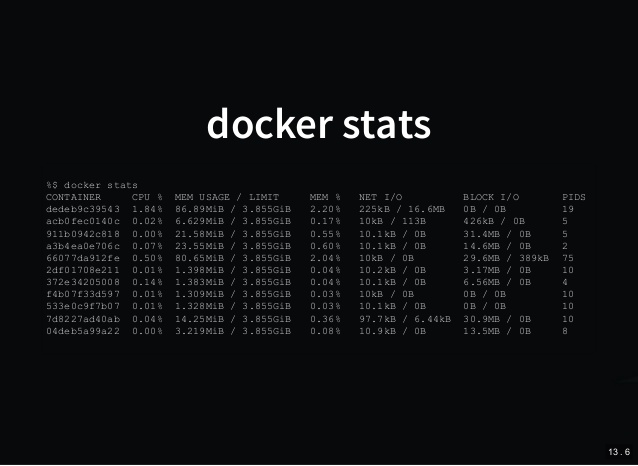Container Conundrum: A Comical Look at Docker Monitoring
From Fitbits to Air Horns: Making Docker Monitoring Fun Again
Hey there, fellow Docker enthusiasts! Are you tired of constantly fretting over the health and performance of your containers? Do you wish there was an easier way to keep tabs on your Dockerized apps? Well, fear not, because today we're talking about Docker monitoring – and trust me, it's gonna be a real hoot!
Introduction
First off, let's talk about why monitoring your Docker environment is so important. Picture this: you're happily running your app in a container, when suddenly things start going haywire. Maybe your container is using up all the CPU, or maybe it's running out of memory. Either way, if you're not keeping an eye on things, you might not even realize there's a problem until it's too late. And nobody wants that, do they?

So, how do you go about monitoring your Docker environment? Well, there are a few different tools and techniques you can use. One popular option is Docker Stats, which gives you real-time information on your containers' CPU usage, memory usage, and network activity. It's like a Fitbit for your containers! Just don't expect your containers to start doing yoga or drinking kale smoothies anytime soon.
Another useful tool is Docker Healthchecks, which allows you to define custom checks that determine whether your containers are healthy or not. For example, you could set up a healthcheck that pings your app's API every few seconds to make sure it's still responding. If the API stops responding, the healthcheck will alert you – kind of like a nagging personal trainer, but for your containers.
I'll recommend you to checkout the docker lab on collabnix here

Of course, monitoring your Docker environment isn't just about keeping your containers healthy – it's also about making sure they're performing well. That's where tools like Prometheus come in. Prometheus allows you to collect metrics from your containers and visualize them in handy graphs and charts. It's like having your own personal data analyst – but instead of crunching numbers, it's crunching containers. And honestly, who wouldn't want that?
Now, I know what you're thinking – "But monitoring is so boring! How can I make it more fun?" Well, fear not, because there are plenty of ways to inject some humour into your Docker monitoring routine. For example, you could set up an alert that plays an air horn sound effect whenever your containers start misbehaving. Or you could use a tool like Datadog to create custom dashboards with funny memes and GIFs – because let's be real, who doesn't love a good meme?
Conclusion
In conclusion, Docker monitoring might seem like a chore, but it doesn't have to be. With the right tools and a bit of creativity, you can turn it into a fun and even (dare I say it) enjoyable experience. So go forth, my fellow Docker enthusiasts, and monitor your containers with glee – your apps (and your sanity) will thank you for it!
